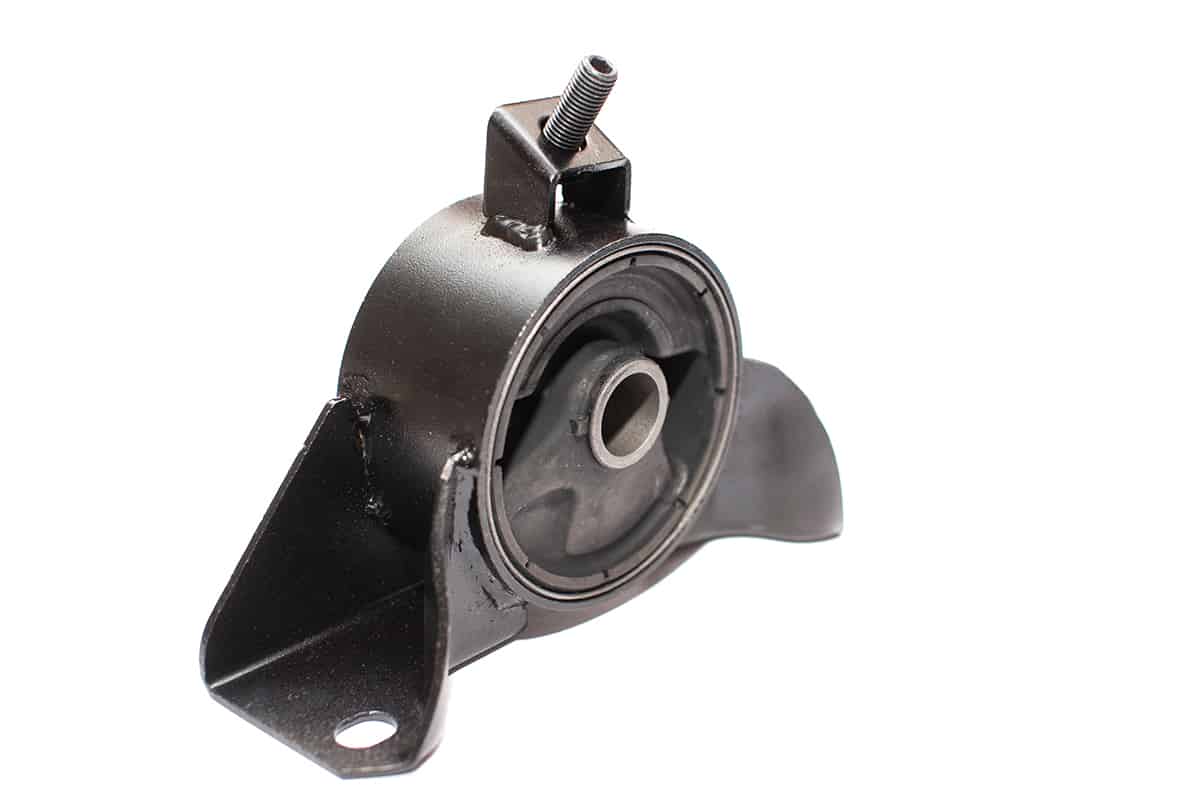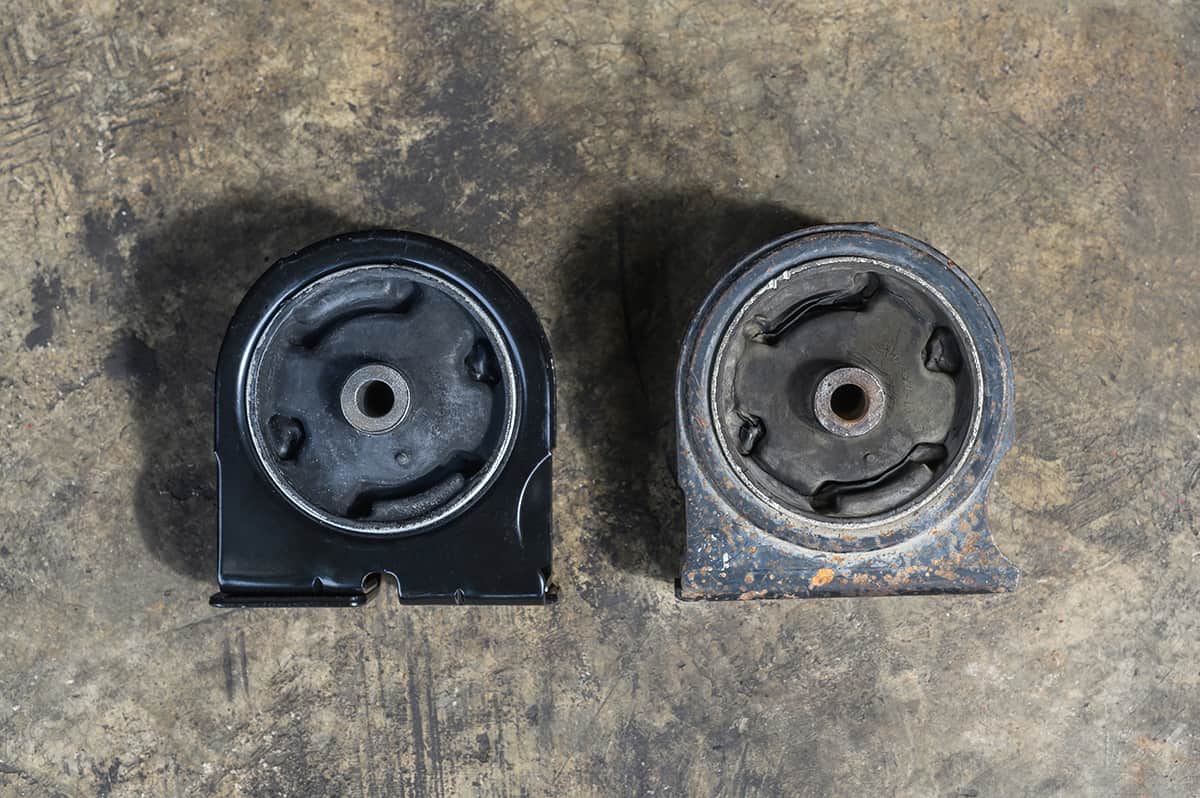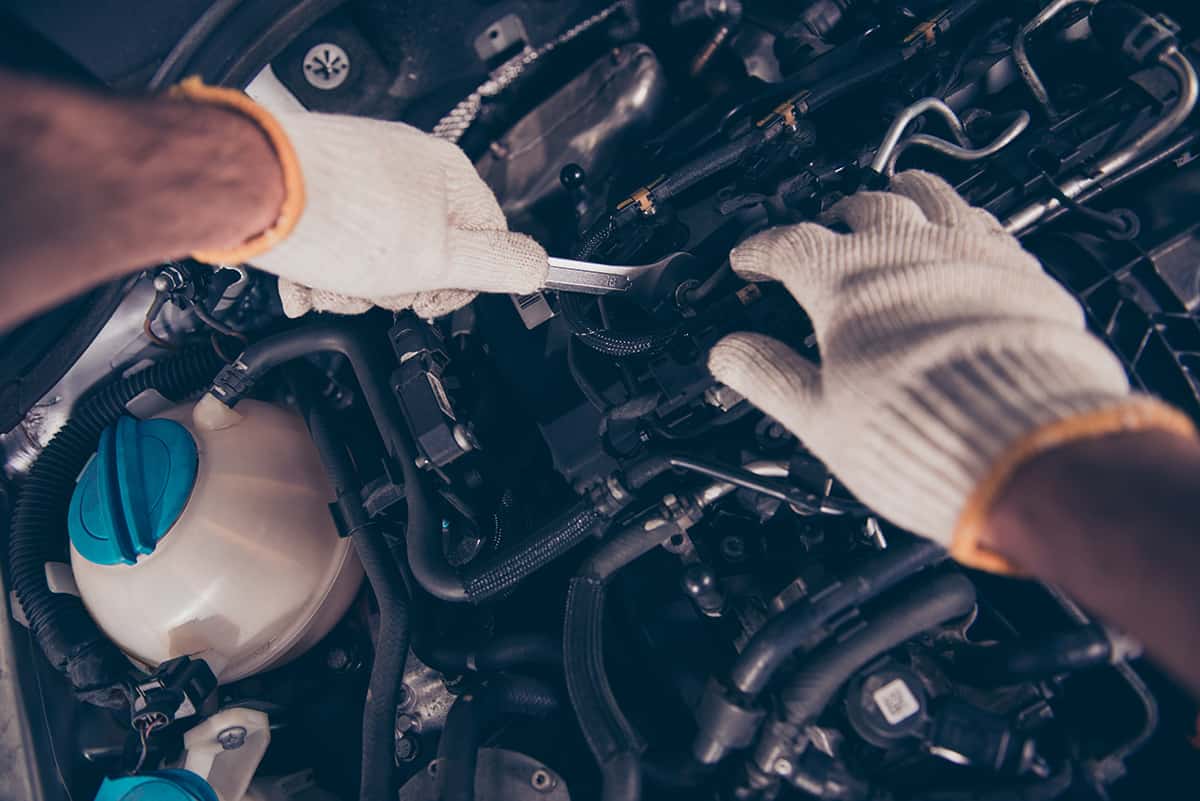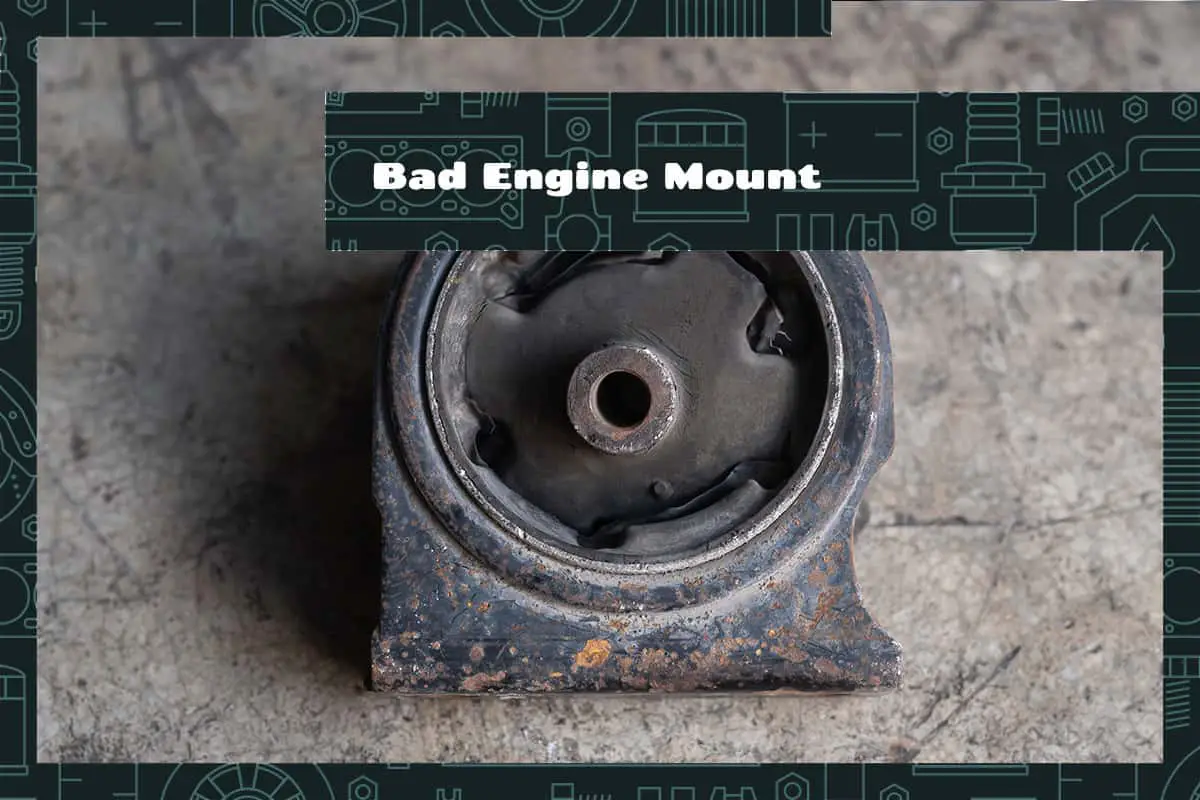Engines and transmission systems form the heart and arteries of your car, propelling it forward and ensuring smooth operation. Among the many components that keep these systems running are engine and transmission mounts. These inconspicuous parts, despite being out of sight, play a pivotal role in your vehicle’s performance. They hold the engine and transmission in place, reducing vibrations and promoting stability while you drive.
A bad engine mount can significantly impair your car’s performance, leading to vibrations, noise, and misalignment. If the transmission mount fails, it can indeed result in your car jerking, creating a rough and uncomfortable driving experience.
This article will take you through the intricacies of engine and transmission mounts, why they’re crucial, what happens when they go bad, and how to address these issues.
The Role of Engine and Transmission Mounts in Vehicle Function

Engine and transmission mounts are small but essential parts of your vehicle. They’re the unsung heroes that keep your engine and transmission system steady, allowing for the smooth and efficient functioning of your car. To appreciate their role fully, let’s break it down into the specific functions of engine and transmission mounts.
How Engine Mounts Work
When the engine runs, it creates a substantial amount of vibration. If this vibration were to transmit to the rest of the vehicle, it would lead to a very uncomfortable and noisy driving experience.
Here’s where the engine mounts come into play. The rubber component of the mount dampens these vibrations, preventing them from reaching the vehicle’s body, while the steel part provides structural support, keeping the engine in its designated position.
The Role of Transmission Mounts
The transmission system, which includes the gearbox, is instrumental in transferring the engine’s power to the wheels of the vehicle. During this process, the transmission system also generates vibrations and heat. The transmission mount, made of a similar rubber-metal combination as the engine mount, absorbs these vibrations, reducing noise and promoting smoother gear shifting.
The Connection between the Engine and Transmission Mounts
The engine and the transmission work in tandem to supply power to your vehicle. Engine mounts keep the engine stabilized, ensuring that this power generation process is smooth and efficient. When an engine mount fails, this stability is compromised.
The engine can move or jerk during acceleration or deceleration, leading to an imbalance in the powertrain. This imbalance affects the alignment of the drive shaft and can lead to the transmission not sitting correctly.
The misalignment caused by a failing engine mount can result in excessive wear on the transmission mounts and other transmission components. This can cause transmission problems like difficulty in shifting gears and unusual noises during gear changes.
Moreover, the extra movement of the engine can put a strain on the linkages connected to the transmission, leading to them wearing out or even breaking. This can result in a range of transmission issues, from minor inconveniences like hard shifting to significant problems that could prevent the vehicle from moving.
Causes and Signs of a Bad Engine Mount
Like all mechanical parts, engine mounts are prone to wear and tear and can fail over time. Recognizing the causes and signs of a bad engine mount can help you address the issue promptly, preventing further damage to your vehicle.
What Causes an Engine Mount to Go Bad?
The causes of engine mount failure generally revolve around excessive strain and aging. Regular driving, particularly in challenging conditions like rough roads or frequent starts and stops, can put substantial stress on the engine mounts. This can cause the rubber portion of the mount to wear out, crack, or even tear over time.
Similarly, factors like engine heat, oil leaks, or the use of substandard replacement mounts can also expedite the deterioration of engine mounts. Aging is another common cause. Even with minimal driving, the rubber in engine mounts can become brittle over time and begin to degrade.
Symptoms of a Bad Engine Mount
One of the first symptoms of a bad engine mount is visible physical damage. This can be seen during regular vehicle inspections. Look out for cracks, breakage, or excessive wear in the rubber portion of the mount. You may also notice fluid leaks in hydraulic fluid-filled mounts. These are clear indications that the engine mount needs to be replaced.
Symptoms and Causes of a Bad Transmission Mount

Transmission mounts ensure smooth operation and stability of the transmission system. Understanding the symptoms and causes of a bad transmission mount is key to maintaining your vehicle’s efficiency and prolonging its lifespan.
Causes of Transmission Mount Failure
Below are the common causes of transmission mount failure:
- Wear and Tear: Regular driving, particularly in harsh conditions such as off-roading or driving on rough roads, can accelerate the wear and tear on transmission mounts.
- Heat and Oil Exposure: Heat generated by the transmission system can degrade the rubber component of the mount over time. Similarly, oil or other fluid leaks can also cause the mount to deteriorate faster.
- Substandard Replacement Parts: Using low-quality replacement mounts can result in premature failure. These mounts might not be able to withstand the stresses of daily driving, leading to early wear and tear.
- Aging: Even with minimal driving, the rubber component in transmission mounts can harden and crack over time due to aging.
Symptoms of a Bad Transmission Mount
Here are the common symptoms to look out for:
- Increased Noise and Vibrations: A failing transmission mount may cause excessive noise and vibrations, especially during gear changes. You might also notice a clunking or banging noise when you start the engine or when driving on uneven surfaces.
- Jerky Movements: A bad transmission mount can cause your car to jerk or lurch during acceleration or when shifting gears. This is because the failing mount is unable to properly absorb the shock of the gear changes.
- Misaligned Drive Shaft: The transmission mount helps keep the drive shaft in alignment. If the mount fails, it can cause the drive shaft to become misaligned, leading to noticeable vibrations when driving.
- Difficulty Shifting Gears: A faulty transmission mount can cause difficulty when shifting gears, particularly from park to drive or reverse.
- Damage to Other Parts: A bad transmission mount can cause other components in the vehicle, such as the exhaust system, drive shaft, or even the transmission itself, to become damaged due to excessive movement.
Addressing Bad Engine and Transmission Mounts

Recognizing the issues related to bad engine and transmission mounts is the first step toward rectifying them. Ensuring timely repair or replacement can greatly enhance your vehicle’s performance, ensuring smoother rides and longevity of your vehicle.
1. Evaluating the Problem
The symptoms can be similar for both failing engine and transmission mounts, and hence an accurate diagnosis is crucial. This often requires a professional who can carry out a comprehensive check, including physical inspection and driving tests.
2. Choosing the Right Replacement
The quality of the replacement mount significantly impacts the performance and lifespan of the vehicle. Always opt for high-quality parts that meet the specifications of your vehicle’s manufacturer. Cheaper alternatives might seem enticing, but they can end up costing more in the long run due to their lower durability.
3. The Replacement Process
The process of replacing engine or transmission mounts is complex and requires specialized tools and expertise. It typically involves supporting the engine or transmission with a jack, removing the old mount, and then installing the new one. The replaced mounts need to be correctly torqued and aligned to prevent issues with vibration and alignment of other vehicle components.
Even for those with mechanical skills, replacing engine or transmission mounts can be challenging and potentially risky if not done correctly.
4. Post-Replacement Checks
Once the mounts are replaced, it’s necessary to carry out post-replacement checks. These include driving tests to ensure that the noise and vibrations have reduced and the vehicle is performing optimally. Regular check-ups after replacement can help in early identification of any potential issues.






